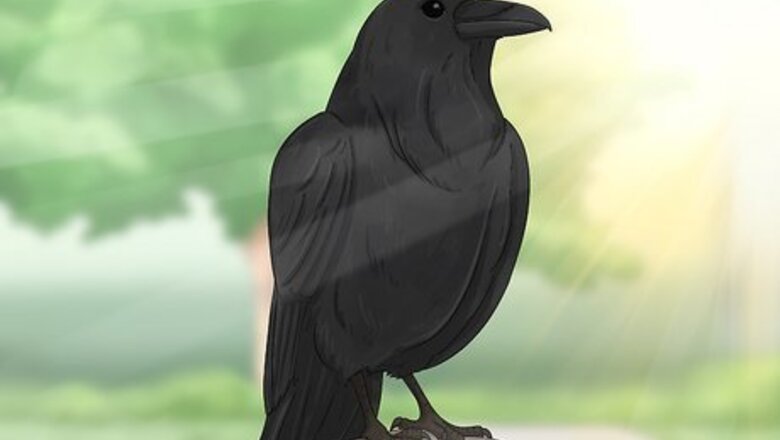
views
Are crows bad luck?

No, crows aren’t a sign of bad luck. Contrary to popular belief, crows don’t cause bad luck. Their bad reputation comes from centuries of folklore, where storytellers painted crows as a sign of death or grief due to their black coloring and haunting cawing. Even so, there’s no definitive evidence on crows being bad luck (unless you count superstitious coincidences). In Native American culture, crows are signs of knowledge and law. Seeing one of these black creatures is often a mark of good luck, justice, or wisdom. In Celtic myths, crows symbolize yin-yang and represent both light and dark energy.
Why do people think crows are bad luck?
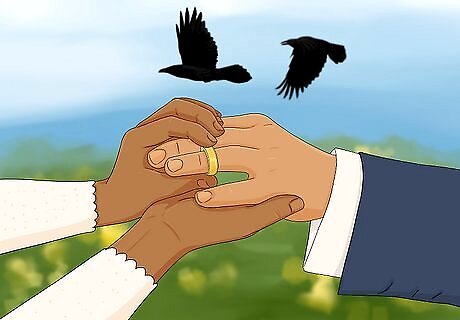
Crows are associated with tragedy in some cultures. In many cultures, crows are depicted as bad omens or signify an upcoming tragedy. While there’s no proof to back up these superstitions, many believe them wholeheartedly because they’ve grown up with the tales. In Irish mythology, crows are companions of Morrigan, the goddess of war and death. In Australian mythology, the crow is a trickster and the origin of death. In Greece, seeing a crow on your wedding day signifies a divorce. In Ukrainian Christianity, crows were believed to be white until the fall of Adam and Eve, which turned their feathers black.
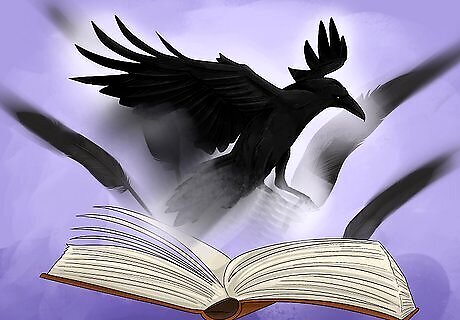
Crows are portrayed as bad omens in books and movies. More often than not, you may be frightened or uneasy at the sight of a crow because of what pop culture has led you to believe. Crows themselves aren’t dangerous or eerie; however, their depiction in film and literature paints them as a villain or ominous symbol. For instance, in Alfred Hitchcock’s 1963 thriller The Birds, a murder of crows attacks a group of students on a playground. In the Grimm’s fairy tale “The Crows and the Soldier,” a group of crows perches above the gallows of a hanging man.
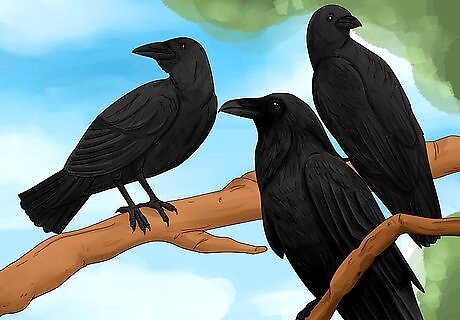
A group of crows is called a “murder.” The superstition that crows are bad luck may stem from their ominous group name. A large gathering or group of crows is called a “murder” or “murder of crows.” The imaginative name is thought to have come from ancient folktales that depicted crows as a sign of death and cruel fate. Other examples of imaginative names for groupings of animals include "an unkindness of ravens," “a skulk of foxes,” “a parliament of owls,” and “a knot of frogs.”
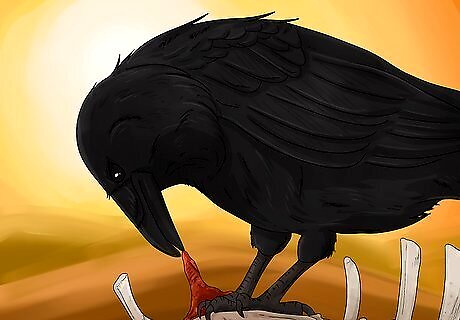
Crows have black feathers. A crow’s dark color may be the reason for their ominous association. In medieval times, people were frightened of the unknown and often fell back on strict religious beliefs. However, there was one thing they thought they knew: light means good, and dark means evil. Because of this, many feared crows and other black animals (such as cats and dogs), believing they were companions of witches. Crows scavenge dead animals. This is another reason they're associated with death.

Crows are often mistaken for ravens. Ravens and crows are often used interchangeably in film and literature, but they’re actually quite different physically and symbolically. For instance, you may associate crows with tragedy and death because of Edgar Allen Poe’s famous tale “The Raven;” however, this poem centers around a raven, not a crow. Take a look at the differences between the 2 birds below: Ravens are larger than crows. Ravens travel in pairs, while crows travel in large groups. Ravens have wedge-shaped tails, while crows have a tail that fans out.
Other Crow and Raven Folklore
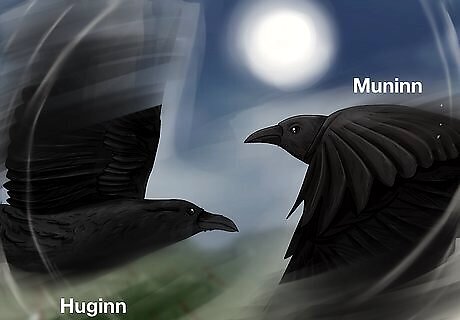
Crows are messengers in some cultures. In Norse mythology, a pair of ravens named Huginn and Muninn serve as the god Odin’s messengers. Similarly, in Hinduism, crows are messengers and have stellar memories, serving as oracles.

Crows are bad luck in a churchyard. Some believe that if you spot a crow in a churchyard or graveyard, something bad will happen. On the flip side, seeing a dead crow in a churchyard is considered a good omen.
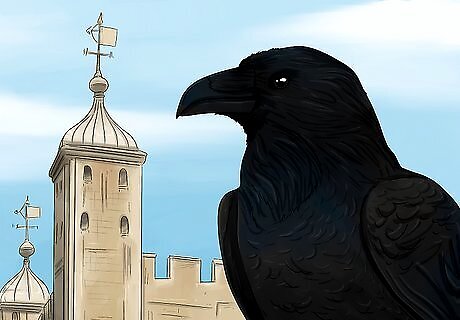
If ravens leave the Tower of London, the crown is said to be doomed. According to English legend, if the ravens were to ever fly out of the Tower of London, the king or queen would tragically and suddenly die. Because of this, the ravens in the Tower have clipped wings, so they can never leave. While ravens and crows aren’t the same, this popular superstition is often used to compare the ominous omens of each.



















Comments
0 comment